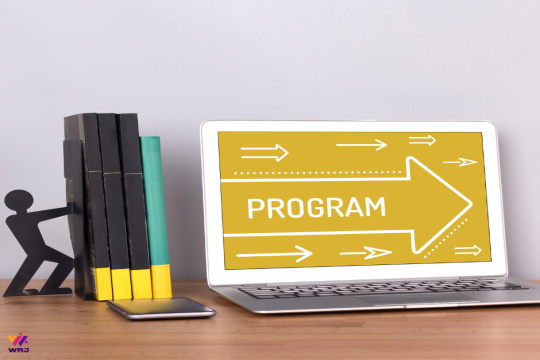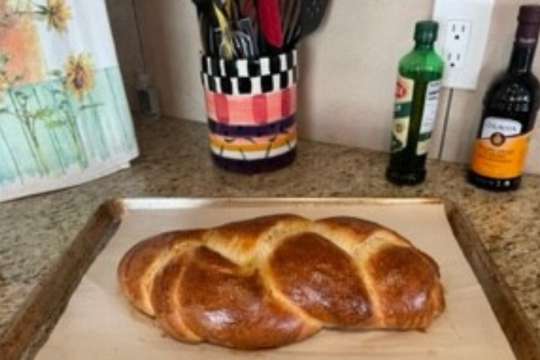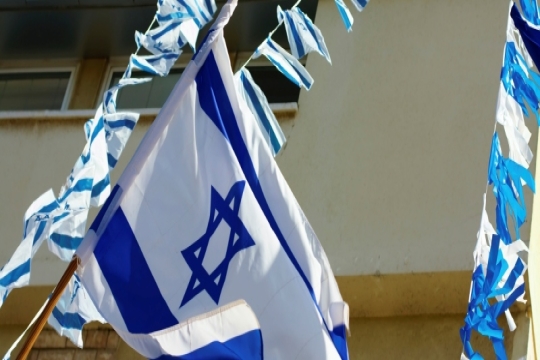We’re now in Bemidbar or Numbers, the fourth book of Torah. Naso, the second portion in Bemidbar, is the longest portion in our Torah. Here are some interesting Naso facts:
- Naso has 176 verses.
- In the diaspora, it is always read on the first Shabbat after Shavuot.
- It includes the dedication/consecration of the tabernacle.
- Many of the verses are read during Chanukah, which commemorates rededication of the Temple.
- It addresses the priestly duties.
- It delineates how to purify the camp.
- It includes dealing with a wife accused of unfaithfulness, the sotah.
- It describes guides for the Nazarite, one whose life is dedicated to God’s service.
- It includes the priestly benediction we often hear in our services.
Dyaneu, just one Naso theme would have been enough! We can refer to Torah and its commentaries for infinite rules to guide our days: from creating and elevating our relationship with God as individuals and as a community to dealing justly with other human beings, from humanity’s role in guarding our Earth to treating animals humanely, and so forth. Like its sister portions, Naso also offers multi-faceted guidelines, but I was particularly drawn to the section regarding the suspected adulteress, the sotah. It teaches about the ‘process’ for identifying an accused woman (note: only women were subjected to this humiliating process): if the woman drinks a concoction of bitter waters and remains unaffected, she is cleared and reinstated into her family and community. For the dishonored family unit, however, this is clearly a no-win situation regardless of the proceeding’s outcome. Many years ago, Dr. Sherry Blumberg, an enormously talented educator, poignantly shared a d’var Torah (a word of Torah) with the NFTS/WRJ Board of Directors. She created a story of an accused woman’s wretched tale and provided one of those magical moments in sisterhood educational endeavors. Dr. Blumberg’s telling made Torah come to life. I vividly recall misty eyes as we listened to the story. Our hearts reached out to the story’s accused. Torah became relevant and real. I wondered about our protocol for identifying a sotah in 2012? Our 24/7 news appears to take delight in reporting and exaggerating the most personal situations. No challenge of drinking bitter waters by the priests exists. There are no community guides. Rather, the media crucifies the accused before the facts are revealed. Let me cite the most recent example: John Edwards. Surely he is no innocent. Yet, the expensive (for the taxpayer) trial, the he-said, she-said testimonies, and the enormously intrusive questions for the entire Edwards family surely defy the ancient sotah protocol. Perhaps, we should all remember how easy it is to point fingers and accuse, often without real facts and figures. Indeed, we humans are lower than the angels; we are imperfect. We err. Let’s remember that we are created in God’s image and as such, we should regard each other with care and integrity. Don’t create your own sotah ritual that persecutes without justification. May the light of the Shabbat candles brighten all of our lives.
Related Posts

Continuing to Educate and Empower People Together

My Challah-Making Experience

